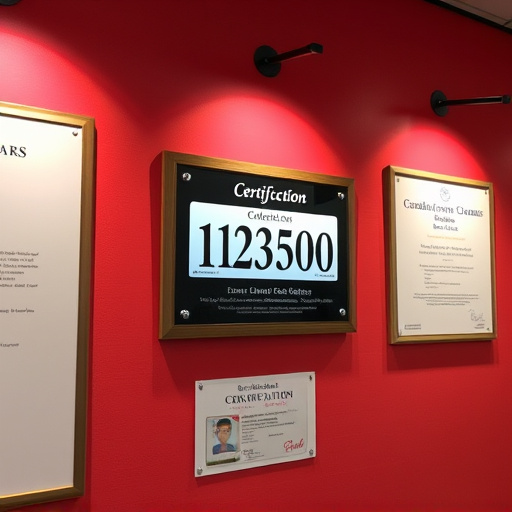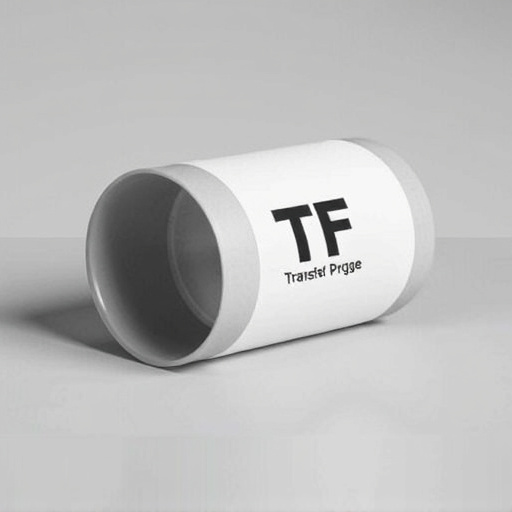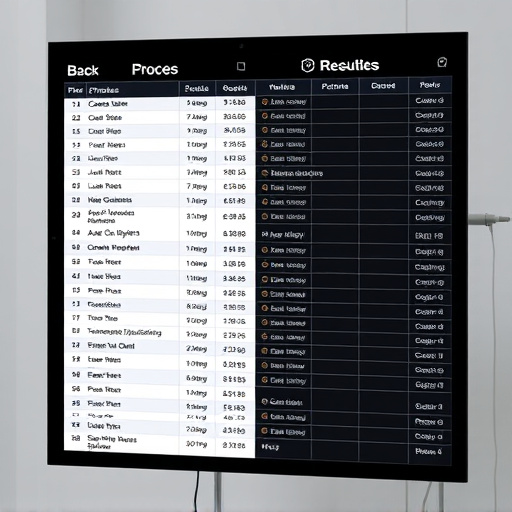Stainless steel cold air intakes (CAIs) are popular among automotive enthusiasts for their superior corrosion resistance, ensuring long-term optimal performance despite harsh conditions. In precision manufacturing, corrosion poses a significant challenge, requiring advanced solutions like controlled environmental chambers and specialized coatings to maintain critical tolerances. High-grade alloys like 304L or 316L and protective coatings further enhance the corrosion resistance of these components, crucial for modern engine performance upgrades.
In the realm of manufacturing precision assessment, understanding key materials like stainless steel cold air intakes (SSCAIs) is paramount. SSCAIs offer superior properties such as enhanced performance and durability compared to traditional intakes. However, navigating the challenges posed by corrosion resistance is crucial for maintaining optimal component integrity. This article explores both the benefits of SSCAIs and effective strategies to ensure the longevity of these components in harsh environments, focusing on robust corrosion-resistant solutions.
- Understanding Stainless Steel Cold Air Intakes: Properties and Benefits
- Challenges of Corrosion Resistance in Manufacturing Precision Assessment
- Strategies and Techniques for Ensuring Corrosion-Resistant Components
Understanding Stainless Steel Cold Air Intakes: Properties and Benefits

Stainless steel cold air intakes (CAIs) have gained popularity among automotive enthusiasts due to their exceptional properties and numerous benefits. One of the key advantages is their corrosion-resistant nature, a feature that sets them apart from traditional intake systems made from aluminum or plastic. This resistance to corrosion ensures the CAI maintains optimal performance over an extended period, even under harsh environmental conditions. The stainless steel material is known for its durability, strength, and ability to withstand high temperatures without compromising integrity.
Additionally, stainless steel cold air intakes offer improved airflow efficiency. Their design allows for a direct path from the ambient air to the engine, ensuring a cooler and denser supply of air, which is critical for optimal combustion. This enhanced airflow can lead to significant power gains, making them a preferred choice for performance-oriented vehicles. Moreover, the sleek and modern aesthetics of stainless steel CAIs make them an attractive upgrade for those seeking both functionality and style.
Challenges of Corrosion Resistance in Manufacturing Precision Assessment

In manufacturing precision assessment, one of the significant challenges lies in ensuring corrosion resistance, especially for components like stainless steel cold air intakes. These parts are often exposed to diverse environmental conditions, from high humidity to corrosive gases, which can adversely affect their structural integrity and dimensional accuracy over time. Traditional methods of testing may not always capture the real-world exposure, leading to potential failure points that go unnoticed until after production or even during final product use.
The issue is exacerbated by the need for precise measurements in manufacturing. Even minor corrosion can introduce variations in dimensions, affecting the overall quality control and intercompatibility of parts. To address this, advanced testing protocols involving controlled environmental chambers and accelerated corrosion tests are employed to simulate various conditions. Additionally, using specialized coatings or treatments on stainless steel surfaces offers a promising solution to enhance corrosion resistance, thus maintaining the critical tolerances required in precision manufacturing.
Strategies and Techniques for Ensuring Corrosion-Resistant Components

Creating components that are both precise and corrosion-resistant is paramount in modern manufacturing, especially for parts like stainless steel cold air intakes designed to enhance engine performance. Achieving this involves a multifaceted approach combining strategic material selection and meticulous production techniques.
One effective strategy is choosing high-grade stainless steels known for their superior resistance to corrosion, such as 304L or 316L. These alloys incorporate nickel and molybdenum, enhancing their ability to withstand various corrosive environments. Additionally, applying protective coatings during manufacturing can further impede corrosion. Techniques like hot-dip galvanizing or the use of specialized epoxy coatings create a barrier between the component and potential corrosive agents, ensuring longevity even in demanding conditions.
Manufacturing precision assessment, especially when dealing with stainless steel cold air intakes (CAIs), requires a deep understanding of material properties and robust strategies to combat corrosion. As these CAIs offer significant benefits in performance and durability, ensuring their structural integrity is paramount. By employing specialized techniques and materials like advanced coatings and corrosion-resistant alloys, manufacturers can overcome challenges related to corrosion resistance. This enables the production of high-quality, reliable components, underscoring the importance of continuous innovation in this domain.














